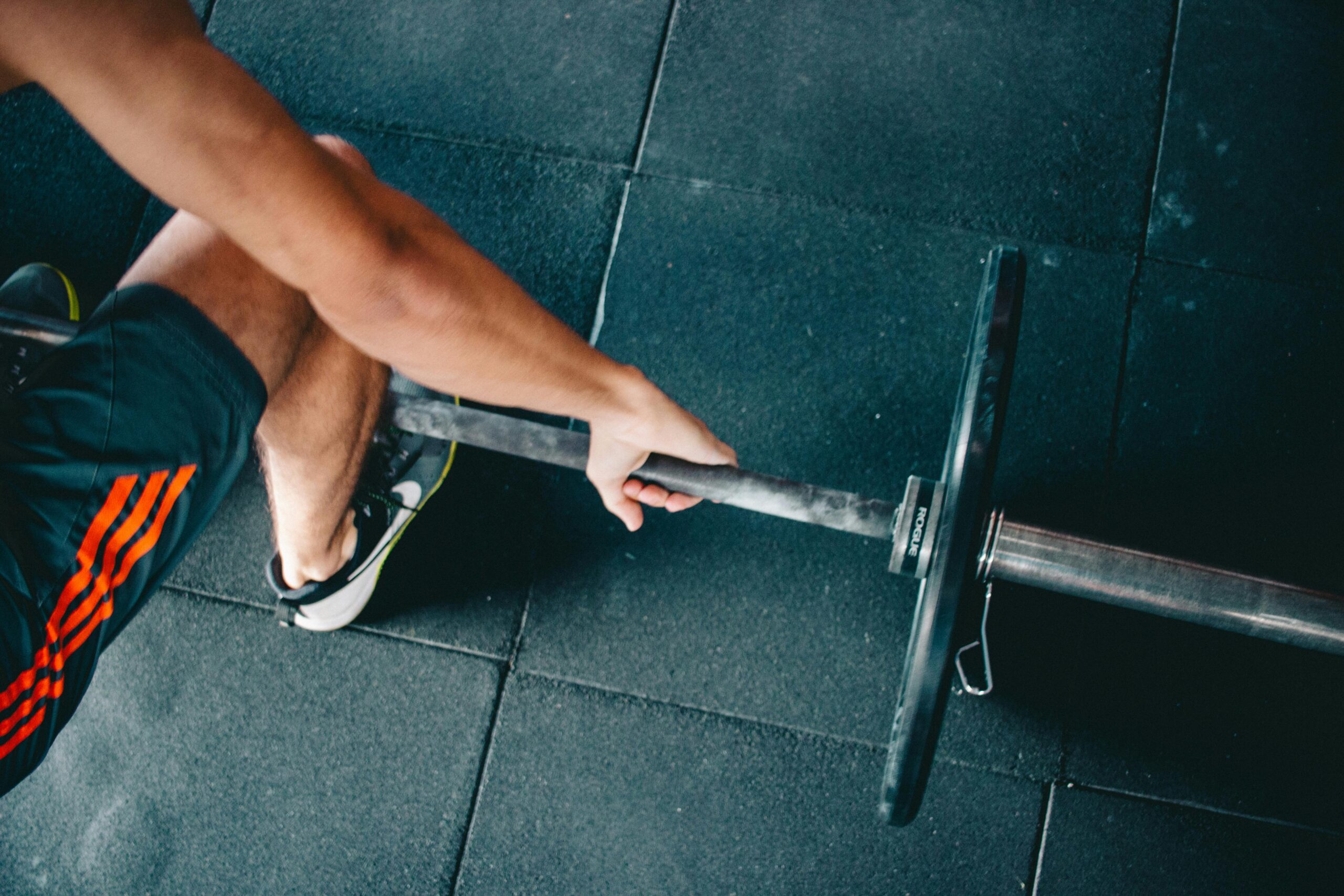

Break Through Plateaus: Advanced Workout Techniques to Maximize Results
For those who have built a solid foundation in the gym, integrating advanced workout techniques can be the key to pushing past plateaus, building power, and reaching new fitness heights.
These techniques are designed to add intensity and variety to your workouts, challenge your muscles in new ways, and prevent stagnation. Advanced workout methods like High-Intensity Interval Training (HIIT), supersets, and plyometrics keep your body adapting, optimizing both strength and endurance gains.
High-Intensity Interval Training (HIIT) for Maximum Impact
HIIT is a highly effective way to amplify calorie burn and improve cardiovascular conditioning. This approach involves short bursts of maximum effort, followed by brief recovery periods, which have been shown to enhance fat loss, boost endurance, and build muscular resilience. Research shows HIIT can continue to burn calories for up to 24 hours post-workout, thanks to the afterburn effect (known as EPOC, or excess post-exercise oxygen consumption).
Sample Advanced HIIT Workout:
- Warm-Up: 5 minutes of light cardio (jogging or cycling)
- Workout:
- 30 seconds of sprinting, 10 seconds rest
- 30 seconds of burpees, 10 seconds of rest
- 30 seconds of mountain climbers, 10 seconds rest
- 30 seconds of jump squats, 10 seconds rest
- Cool-Down: 5 minutes of stretching
Tips for Safe HIIT Integration:
Start by incorporating one HIIT session per week, and as your endurance improves, increase to two or three sessions. Ensure recovery time by pairing HIIT days with lower-intensity workouts or rest days to prevent overuse injuries.
Supersets, Drop Sets, and Circuit Training
Strength training can be intensified with techniques like supersets, drop sets, and circuit training. Supersets involve performing two exercises back-to-back with no rest, targeting either opposing muscle groups or the same muscle group for maximum exhaustion. Drop sets involve performing an exercise to near-failure, then immediately reducing the weight and continuing the exercise, allowing for high-volume work.
Benefits of Each Technique:
- Supersets: Improves endurance and efficiency, reduces workout time.
- Drop Sets: Increases muscle fatigue, promoting muscle growth and endurance.
- Circuit Training: Combines cardio and strength, ideal for fat burning and conditioning.
Sample Superset Workout:
- Push Superset: Dumbbell bench press + Push-ups
- Pull Superset: Lat pull-down + Dumbbell rows
- Lower Body: Squats + Walking lunges
Plyometric Exercises for Power and Explosiveness
Plyometrics, or “jump training,” focuses on explosive movements, such as jump squats, box jumps, and burpees. These exercises increase the power in fast-twitch muscle fibers, improving speed and strength. Plyometric training has been found to enhance performance in sports and functional movements, making it ideal for athletes and those seeking greater explosive power.
Incorporating Plyo for Dynamic Workouts:
Add plyo movements at the beginning of your workout when energy levels are high, as these exercises require maximum force output. Limit plyo exercises to one to two times per week to allow adequate recovery.
Sample Plyometric Circuit:
- Box Jumps: 3 sets of 10 reps
- Lateral Bound Jumps: 3 sets of 15 reps per side
- Burpees: 3 sets of 20 reps
Advanced Strength Training Techniques
For experienced lifters, advanced strength methods like “negative reps” and “rest-pause” can add a new challenge. Negative reps involve emphasizing the lowering phase of an exercise, which has been shown to cause greater muscle fiber damage, leading to growth during recovery. The rest-pause method involves breaking down one set into mini-sets with short rests, allowing more reps to be completed with a heavier weight.
Example of Advanced Strength Training:
- Negative Rep Deadlifts: Use a weight about 20% heavier than your usual, lifting with a spotter’s help, then slowly lowering for a count of four seconds.
- Rest-Pause on Bench Press: Perform a set to near failure, rest 15 seconds, and repeat for additional reps.
Tracking Progress and Adjusting Your Routine
Regularly assessing your performance ensures you’re progressing and helps to avoid overtraining. Track metrics such as weight lifted, rep counts, and subjective fatigue. If progress stalls, consider adjusting the intensity, exercise variety, or rest periods in your routine. Remember that advanced techniques are taxing on the body; sufficient rest and listening to your body’s signals are crucial to prevent injuries and burnout.
Best Gyms in Abuja with the Most Advanced Workout Techniques
1. KALEO GYM and FITNESS CENTRE
Located in Gudu, KALEO GYM and FITNESS CENTRE offers a top-tier gym experience with advanced workout programs tailored for all fitness levels. The gym is equipped with modern machines and tools that allow for innovative training approaches, from high-intensity interval training (HIIT) to functional fitness circuits. KALEO’s trainers are skilled in progressive workout techniques to help members reach their fitness goals efficiently.
What sets it apart:
KALEO’s unique combination of high-tech equipment and personalized training sessions ensures a customized approach for each member, whether focused on strength, endurance, or flexibility.
Location: Gudu, Abuja, Municipal Area Council
Contact: 08173646411
2. Rare Concept Fitness Gym & Physio
Rare Concept Fitness Gym & Physio in Old Karu is a standout for its incorporation of both advanced fitness and physiotherapy techniques. This facility offers high-performance training, personalized fitness programs, and injury prevention services, making it ideal for those who want an edge in athletic conditioning or rehabilitative fitness.
What sets it apart:
With a team experienced in both fitness and physiotherapy, Rare Concept Fitness Gym & Physio is perfect for those who want to push their limits while staying safe and minimizing injury risks.
Location: 202 Itsekiri Way, Old Karu, Abuja
Contact: 07030023228
3. Gym Leo’s Fitness
Gym Leo’s Fitness in Lugbe is a gym dedicated to transformation through advanced workout methods. With cutting-edge equipment and a focus on high-intensity workouts, strength training, and metabolic conditioning, Gym Leo’s Fitness offers a variety of challenging programs aimed at delivering quick, visible results.
What sets it apart:
Gym Leo’s Fitness is known for pushing boundaries with high-energy classes, boot camps, and personalized coaching sessions to keep members motivated and on track toward their goals.
Location: Grillarz Garden, Pyakassa, Ring Road 3, Lugbe
Contact: 08157199277
4. Evolve 360
Evolve 360 in Gudu is known for its holistic approach to advanced fitness. With classes ranging from plyometric training to functional movement and flexibility exercises, Evolve 360 focuses on overall body transformation. The gym also offers recovery options to support high-intensity training regimens, making it a favorite for those who take fitness seriously.
What sets it apart:
Evolve 360 specializes in balance training, resistance workouts, and recovery-focused techniques, ideal for anyone wanting to achieve peak physical condition while reducing the risk of injury.
Location: Plot 649 Franca Afegbua Crescent, Gudu
Contact: 09065778293
5. AlphaTrainer Fitness & Spa
AlphaTrainer Fitness & Spa combines advanced fitness training with spa services to offer a well-rounded experience. Located in Zone 5, this gym uses cutting-edge equipment and workout techniques, such as strength circuits, TRX training, and specialized conditioning exercises. After a hard workout, members can unwind with the spa’s luxurious treatments.
What sets it apart:
AlphaTrainer provides a unique mix of intense workout sessions and restorative spa services, creating a balance between performance and relaxation.
Location: 45 Khartoum Street, Zone 5, Abuja
Contact: 08107739931
6. The Clubhouse Abuja
Located in Jabi, The Clubhouse Abuja offers a premium gym experience with access to advanced fitness equipment and modern workout techniques. The Clubhouse focuses on combining traditional strength training with new-age methods like functional fitness and core stability exercises. With a great ambiance and friendly trainers, it’s ideal for members who want a sophisticated yet effective workout experience.
What sets it apart:
The Clubhouse is an all-in-one fitness and lifestyle destination, with an emphasis on advanced fitness methods, a well-equipped gym space, and a welcoming community.
Location: Tak Continental Estate, 11 Aliyu Mohammed Road, Jabi
Contact: 08077040404
Frequently Asked Questions
- How often should I use advanced techniques?
- Advanced methods should be used sparingly (1-2 times a week) to allow recovery while maximizing results. Overuse of high-intensity methods can lead to burnout.
- What’s the ideal frequency for HIIT workouts?
- For optimal results, aim for 1–3 HIIT sessions weekly, with at least 48 hours between each session for recovery.
- How can I balance advanced techniques with recovery?
- Rest days and active recovery days are essential. Techniques like foam rolling and stretching can help manage muscle soreness and speed recovery.
Conclusion
Advanced workout techniques are powerful tools to break through fitness plateaus and add variety to a standard gym routine. From the explosive benefits of HIIT and plyometrics to the strength gains achievable through supersets and negative reps, these techniques can propel you toward your fitness goals with focus and intensity. Ensure you monitor progress, incorporate rest, and adjust workouts based on your body’s feedback to achieve sustainable, injury-free gains.
